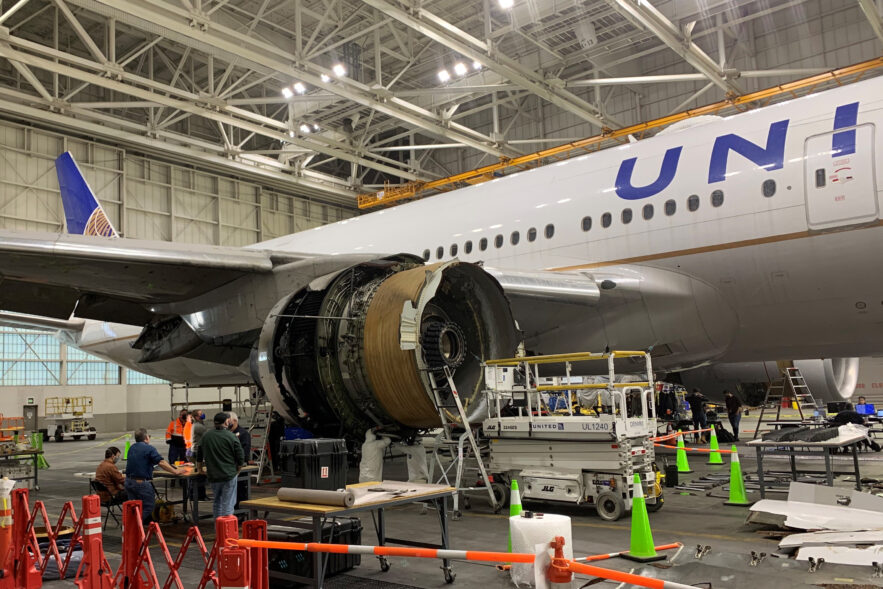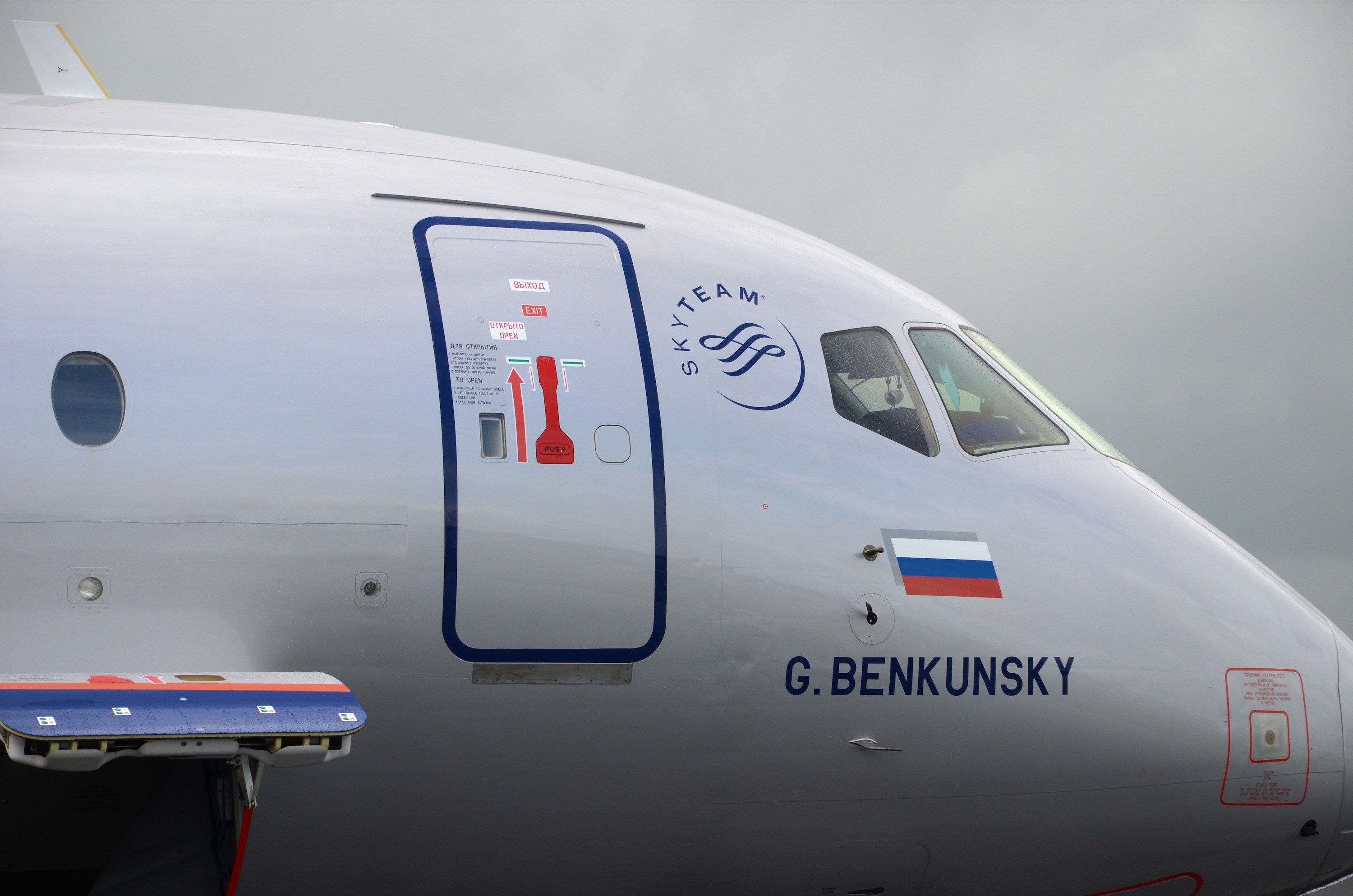There is no all-new single-aisle airplane coming from Boeing -- at least not anytime soon, despite reports to the contrary. Yet, the company earlier this year started looking at major revamp of the 737 Max to compete with the Airbus A321XLR.
With receding regional aviation competitors, Embraer studies a return to a market that hasn’t had the choice of an all-new product in decades. Unique quirks of the turboprop market and Embraer technology planning will pressure E3 market potential. Big leaps in efficiency of single-aisle jets compresses the list of small markets that need a big turboprop.
In an extended interview, Arjan Meijer, Embraer's new Commercial Aviation CEO sat down with The Air Current to discuss what it wants in a partner and its path to a new turboprop.
MC-21-310 first flight with PD-14 engines accelerates Russia's aerospace industry uncoupling with the west. Pratt & Whitney's involvement is "on life support" as U.S.-Russia relations continue to deteriorate.
The first approved COVID-19 vaccine is fanning out across the world, kicking off what is possibly the largest humanitarian airlift in the history of aviation. The global effort requires a highly-coordinated logistical and operational dance. The second big wave of COVID-19 cases is causing an expected decline in air travel, but the overall recovery is ahead of forecast.
Log-in here if you’re already a subscriber Release DateDecember 24, 2020China’s civil aircraft projects face derailment with new U.S. restrictionsPurchase...
If certain contractual issues, particularly around the CFM engines, can’t be overcome in this pre-campaign period, a head-to-head competition will follow and likely give the edge to Airbus and the A220.
The heavy impact of aviation's most acute contemporary crisis is only just beginning to be felt on regulatory relations.
#mc_embed_signup{background:#fff; clear:left; font:14px Helvetica,Arial,sans-serif; } /* Add your own Mailchimp form style overrides in your site stylesheet or in this...
Decisions made by Airbus in the late 1980s are guiding the future second act for the A330 as a converted package-hauler.
With a red-hot market for business aircraft, Gulfstream plans two-front assault and bombardment on French and Canadian rivals.
Less than four months after the Federal Aviation Administration rolled out its 2021 Aviation Climate Action Plan, the agency’s official blueprint for achieving net-zero aviation emissions by 2050 is already starting to look dated. The plan relies overwhelmingly on sustainable aviation fuel (SAF) as the principal pathway for reducing the U.S. aviation sector’s greenhouse gas emissions. It is plainly dismissive of hydrogen, stating: “we do not expect hydrogen-powered aircraft to make a significant contribution toward achieving net-zero aviation emissions by 2050.”
Denial of aviation is a weapon that predates the 21st century battlefield. Yet, with the return of war to Europe, it is also aviation’s Achilles’ heel. With it comes a cascading series of immediate and longer term consequences in the skies as commercial and industrial links are quickly broken after decades of cultivation following the fall of the Soviet Union.












